Do you know how roosters manage to fertilize eggs without the parts we usually expect? What exactly is this unique ritual called the “cloacal kiss”?
When roosters and hens mate, the rooster brings his cloaca close to the hen’s cloaca. They touch cloacas briefly because roosters don’t have the parts for more typical mating. This touching allows the rooster to pass his sperm to the hen, which can then fertilize her eggs.
Stay tuned to get to know the complete fertilization process!
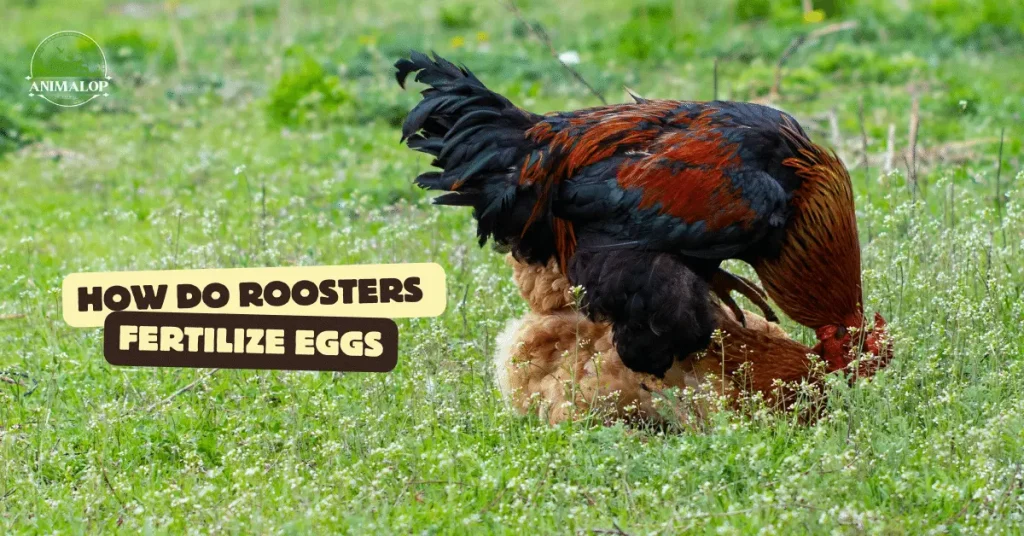
Fertilization Info
Chicken Courtship
Chicken courtship isn’t simple and can throw off those new to keeping chickens. Spotting when a rooster is making moves on a hen may only be straightforward with knowing the signs. At first glance, a rooster’s attempts at courting can just seem like random chicken behavior in the yard.
When a hen isn’t interested in a rooster, you could see any mating action at all. To someone not in the know, a rooster’s efforts to woo might just look like typical chicken antics.
Yet, this courtship is anything but meaningless. It’s a way for roosters and hens to communicate their interest (or lack thereof) in each other.
The rooster always initiates. His approach involves a sidestep towards his chosen hen, coming in from the side rather than head-on.
He then drops one wing and tries to circle around her. Whether he completes this circle depends on the hen’s reaction. This behavior may look strange, especially if you’re seeing it for the first time and might wonder if the rooster’s wing is injured. But rest assured, it’s normal behavior.
This is, though not exactly a dance, refers to a rooster’s attempt at courtship. However, if you see a rooster dropping his wing and moving around you or another rooster, he’s likely asserting his dominance rather than courting.
It’s up to the hen to accept or reject the rooster’s advances after his display. If she’s interested, she signals this by crouching down, making it easier for the rooster to mount her. If not interested, she’ll simply walk away.
Some younger roosters may persist in their attempts despite initial rejection, especially common in their early attempts at courtship.
It’s important to note that courtship doesn’t lead to fertilized eggs. The actual fertilization happens after mating, which we’ll cover next.
If your chicken’s not responding interestingly, it might be due to its digestive health as well. Check out the symptoms of chicken diarrhea.
How Do Roosters Fertilize Eggs
After the rooster and hen have finished their courtship dance, the rooster climbs on top of the hen.
He’ll grab onto the hen’s head or neck with his beak to keep from falling off. This may be her neck feathers or even her comb on top of her head. He has to grip tightly so he doesn’t slide off.
Once he’s steady, the rooster will scratch at the hen’s back with his feet for a few seconds.
Sometimes, this scratching can hurt the hen. If you notice one of your hens getting scratched up too much, you can put a chicken saddle on her. This is just a thick piece of cloth that ties around her back to keep her from getting hurt.
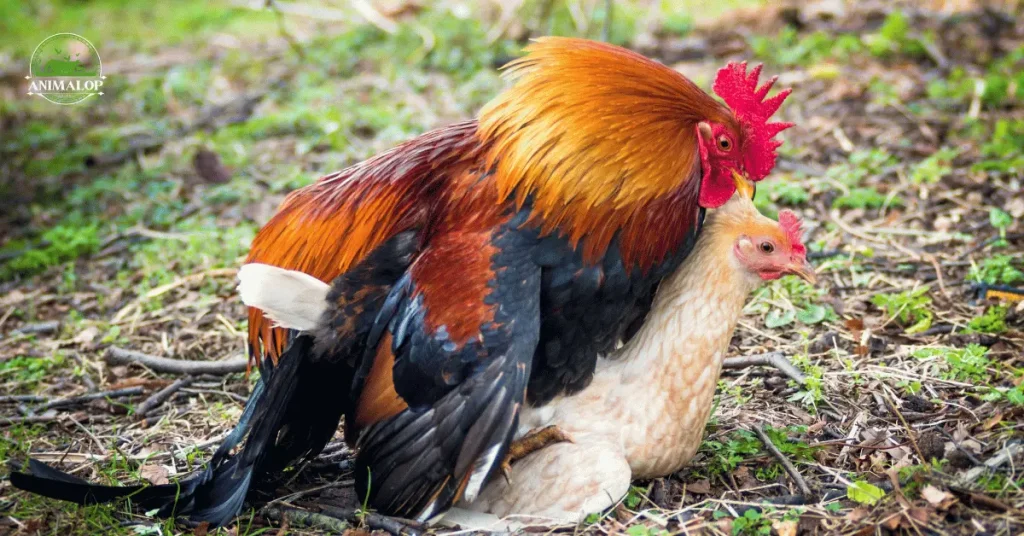
Next comes the part known as the “cloacal kiss.”
The rooster tilts his tail to one side, fluffs out his tail feathers, and touches his bottom to the hen’s bottom to pass on his sperm. This happens quickly, in just a few seconds, and then mating is done.
When a rooster mates with a hen, he transfers his sperm to her bottom.
But there’s more to it than that. Once inside the hen, the sperm goes on a big journey before fertilizing any eggs. Though I can’t show you a video, just imagine the sperm traveling inside the hen to reach her eggs.
Hens can hold onto the rooster’s sperm inside them for about two weeks. When she’s ready to lay an egg, the egg pushes on special glands inside her, releasing some sperm into her reproductive system.
This sperm doesn’t fertilize the egg she’s about to lay because it’s already in its shell. Instead, the sperm travels up to meet her next egg, which hasn’t gotten its shell yet. That’s where fertilization happens.
Chicken Egg Fertilization
Step 1: Courtship
The rooster makes a special move to show the hen he likes her. If the hen thinks he’s cool, she’ll squat down to let him get on her back. This flirting can be quick or take a bit longer, depending on the hen. It just takes a few minutes before mating
Step 2: Mating
Mating is super quick. The rooster gets on the hen’s back and they touch bottoms, which is how the rooster passes his sperm to the hen.
Step 3: Sperm Storing
The sperm doesn’t have far to go until it reaches special holding spots inside the hen. It can hang out there from 1 to 4 weeks.
Step 4: Sperm Releasing
Next, the sperm leaves these spots and moves deeper inside the hen, aiming for a place called the left oviduct. If your hen lays lots of eggs, this could happen really soon after mating. If she’s more of a once-a-week layer, it might take up to a week.
Step 5: Making the Egg
When the sperm gets to the right spot, it waits for an egg to show up. When one does, the sperm and egg join up to start an egg. This would take an hour to four weeks after the last egg was made.
Step 6: Laying the Egg
The egg gets all ready to go in about 26 hours after it’s fertilized, and then the hen lays it. The process of egg laying will be completed after 26 hours after the egg is made.
All in all, from mating to the hen laying the first fertilized egg can take anywhere from 27 hours to a week.
Explore the ideal age for getting chicks outside.
How To Differentiate Between Unfertilized And Fertilized Eggs?
There are two simple ways to figure out if an egg can hatch a chick or not.
The first way is to break the egg and check the yolk. You’ll see a tiny white dot; this is called the germinal spot. If the egg isn’t fertilized, this spot is just a tiny white dot.
But if the egg is fertilized, meaning it can hatch into a chick, this white dot will be bigger and look like a circle with a white ring around it.
This first way is good if you’re going to eat the egg. But if you want to hatch it, you shouldn’t break it open. Instead, you use the second method called candling.
For candling, you need a flashlight and to be in a darker room. Wait until the egg has been sitting warm for about 7-10 days. Then, in the dark room, shine the flashlight on the big end of the egg.
If you see something like a dark spiderweb inside the egg, then it’s fertilized and can hatch. If there’s nothing dark inside, this means the egg isn’t going to grow into a chick and won’t hatch.
How To Find Out Which Rooster Has Fertilized An Egg?
Check if the egg is fertilized using the methods mentioned before.
If there’s just one rooster with your hens, then it’s easy to know he did it.
But if you have more than one rooster, and they both could have mated with the hen, figuring out which one fertilized the egg is hard.
The only real way to know is by looking at the baby chick after it’s born to see which rooster it looks like. This can be tough, especially if the roosters look alike.
FAQs
Final Thoughts
If you’re trying to have baby chickens and it’s not happening, you can figure out what’s going wrong.
Is the rooster not showing any interest in the hen? Or is the hen not letting the rooster near her? If you see the rooster and hen together but later find out the eggs aren’t fertilized, there might be a fertility issue.
Even if you’re not looking to have baby chickens, you can still watch how the hens and roosters act around each other and learn more about their courtship.

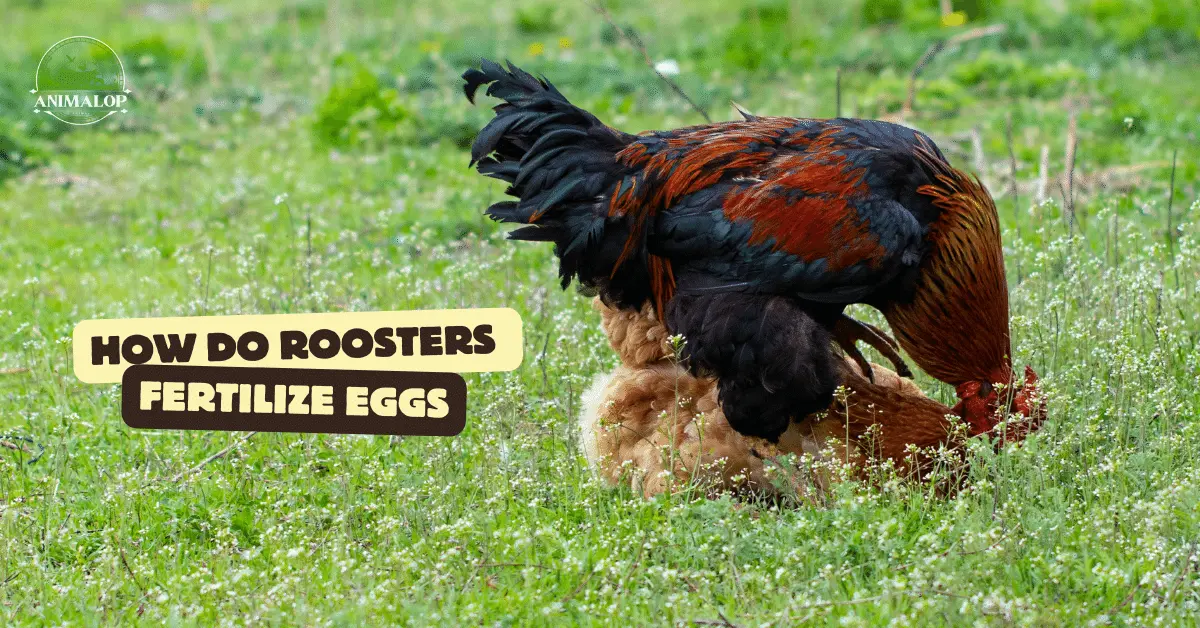
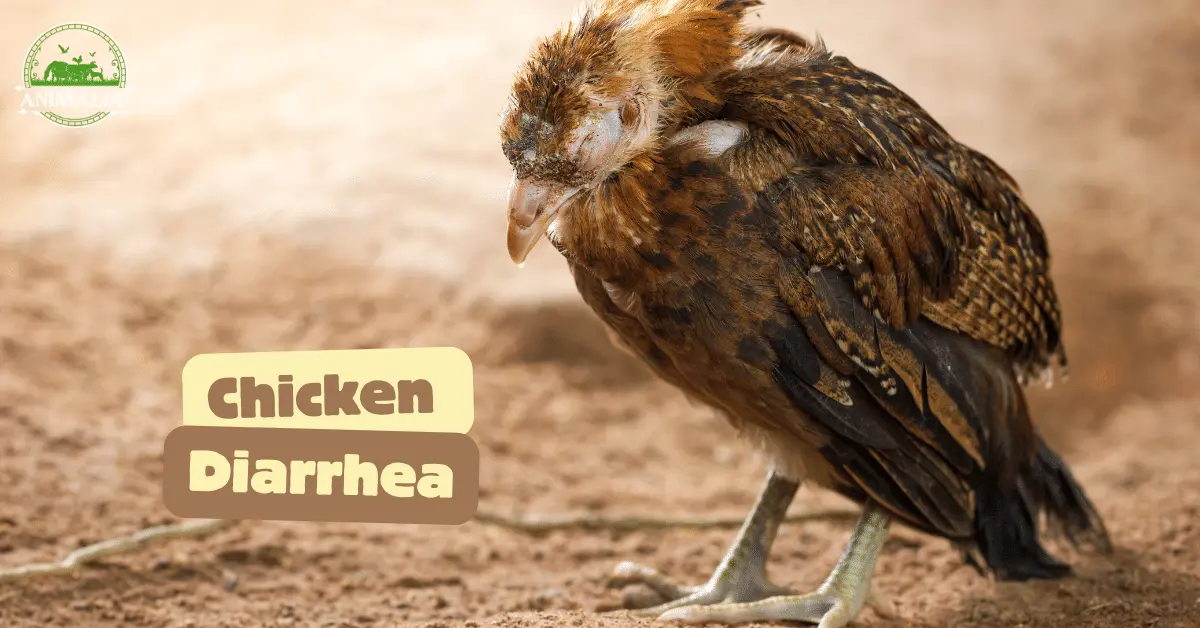
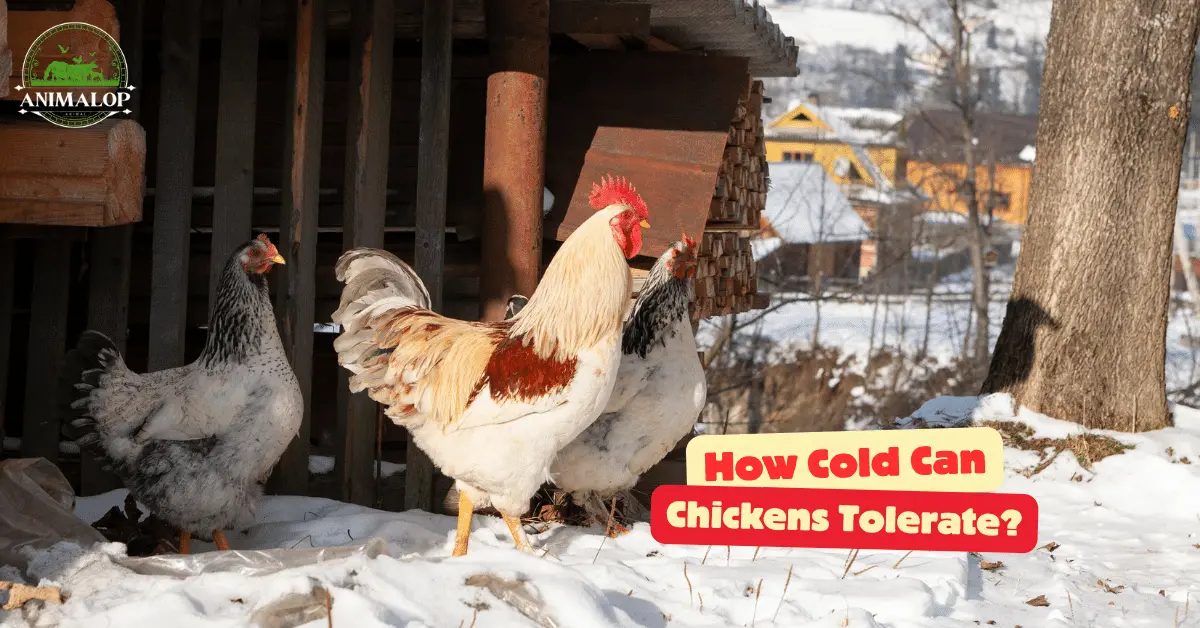
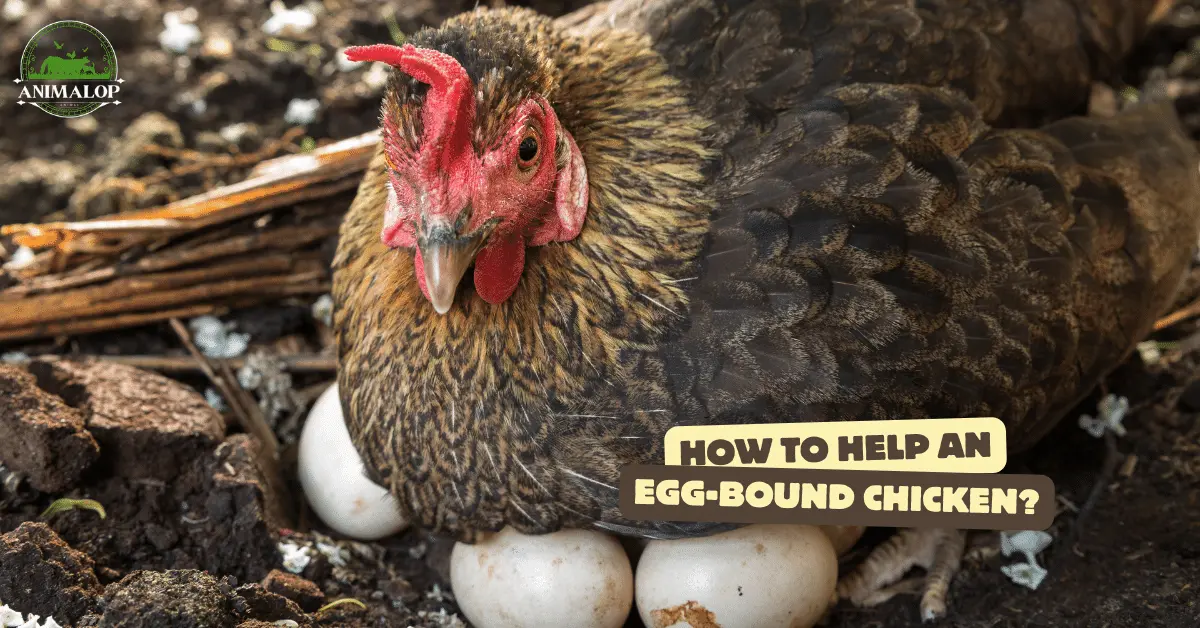
One Comment on “How Do Roosters Fertilize Eggs: The Complete Fertilization Process”